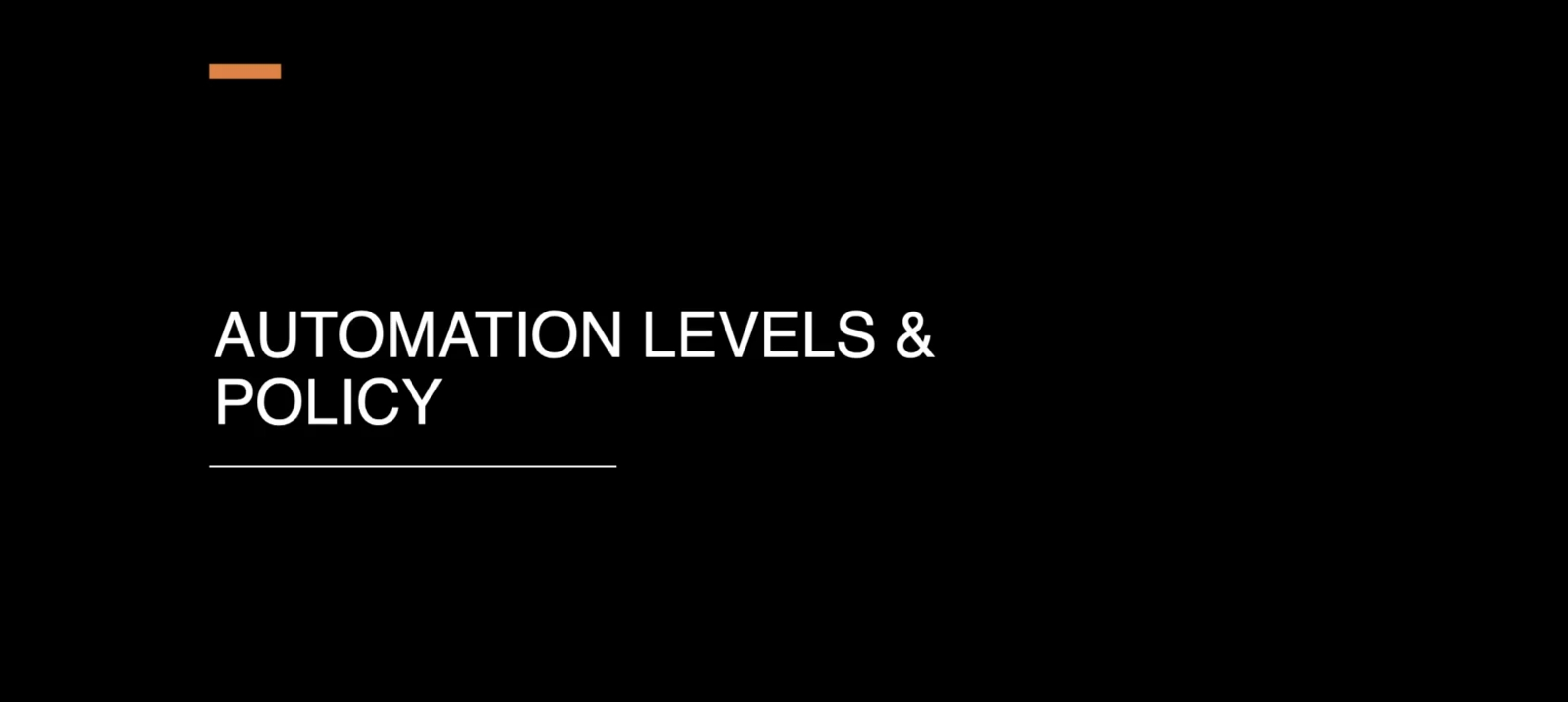I hadn't gotten SD Ultimate Upscaler (using SwinIR_4x) set up with a Flux-based model until this image, so I'd been just putting out images at a quarter this resolution -- my monitor is 2560x1440, so this is a fullscreen image for me -- until now.
ComfyUI lets you "disable" a node in a workflow -- it's an option available in the right-click context menu when clicking on a node -- so if you use the posted workflow, you can just "disable" the upscaler part of the workflow until you actually care about its output, then re-enable it, as it's time-consuming.
I hopefully now have my general vanilla workflow to use for most images back up and running, which I haven't really fully since moving off Automatic1111. :-)


This is a remake of an image that I submitted about a year ago here, this time higher-resolution, in 16:9 aspect ratio, photographic and done with the Flux-derived Newreality model.
To repeat my comment then:
While I think that the earlier image is tough competition for this one in terms of visual impact, when I created the earlier image, I was much more lax in terms of what I was willing to accept from the generator -- I just wanted it to look scary, and to have a wide, toothed mouth. That is, a lot of getting the image was a dice roll; I had to generate a bunch of images, take the best.
But this time around, I have enough control from the model's ability to take natural-language description to be able to intentionally try to specifically target something like the original image, which is a stupendous improvement. Was just like an arrow to a very specific image that I wanted, just took a few minutes and iterations. Fantastic.